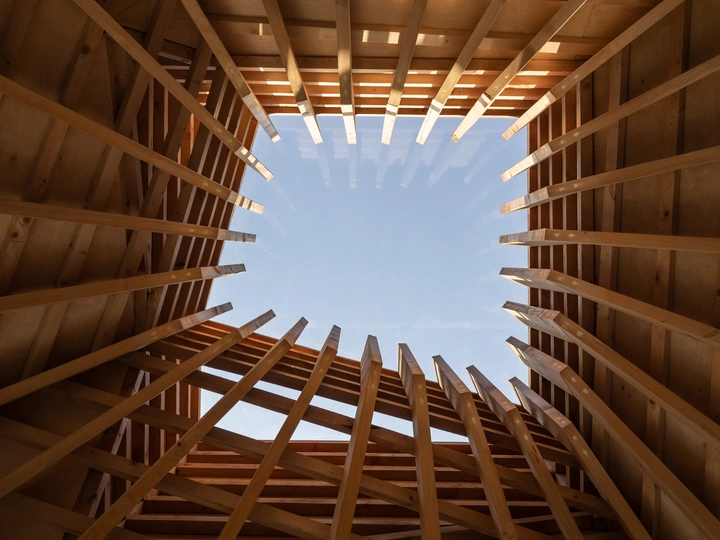Model Practice

Graduating from University College Dublin Masters of Architecture program with first class honors, I won the Arup Medal for Architecture and the Portfolio Prize Award for my contribution to Studio. I worked for O'Donnell + Tuomey Architects on many cultural projects, notably the Victoria & Albert Museum. Moving to New York City to work for Tod Williams Billie Tsien Architects where I spent most of my time working on the Obama Presidential Center. After working on large scale cultural projects I returned to Ireland with an ambition to build small things with a focus on model-making and the art of construction. In the 2018 Venice Biennale I exhibited as part of Close Encounter exhibition. In 2021 a model I made won the RHA Gallery Annual Exhibition Arthur Gibney Award for Architectural Content in any Medium. I teach design studio at Technological University Dublin (TUD). This year I give a lecture to the TUD Masters of architecture program on model-making as a generative research and design tool.
Timeless repetition is the phase that comes to mind most when thinking about my design process. A belief in making as thinking is at the heart of my practice, from drawings and models, right the way through to the buildings themselves. Committed to teaching design through making as part of architects in schools (Irish Architecture Foundation) and in design studio at TUD. A small but nimble practice, fresh and full of energy. Ready, to transform the built environment. With a slow, steady, layered approach to design, interested in making buildings that endure and outlive their initial use.
‘Making is thinking.’ (Richard Sennett)
‘The hand is the window on to the mind.’ (Immanuel Kant)
‘All the work of the hand is rooted in thinking.’ (Martin Heidegger)
Why make models? Buildings will hopefully stand for a long time and survive their initial purpose/function. It seems to me the best way to make judgments about what to build is done through model-making.
A research project funded by the Arts Council of Ireland.
David Pye in his book “The Nature and Art of Workmanship” divides working methods into two categories “risk” & “certainty”. Working with risk, not knowing when you start something where you will end up.
Contemporary practice often rejects this method for an over emphasis on certainty and efficiency. In a world of photorealistic renders and clients wanting to know from the moment of conception, what a design is going to look like, certainty has the most currency. Craft, the importance of slowness is not something contemporary clients have much of an appetite for. The emphasis on knowing and certainty stifles creative thinking and making.
A concrete example - Alvar Aalto “in the midst of our labouring, calculating, utilitarian age we must continue to believe in the crucial significance of play when building a society”. Juhani Pallasmaa in his book “The Thinking Hand” says “Alvar Aalto’s sculptural experiments in various methods of bending wood that were conducted while he was developing his bentwood furniture during the 1930s and early 1950s demonstrate the role of semi-independent artistic experimentation in design”
Working by way of slower methods (model-making) in the belief that this slowness produces richer, more layered work “In existential mathematics, that experience takes the form of two basic equations: the degree of slowness is directly proportional to the intensity of memory; the degree of speed is directly proportional to the intensity of forgetting.”-Milan Kundera, Slowness
Project model types to develop (the big four): 1.Context Model-exploring the shape of a place and the affect a design would have. 2.Form/Spatial Model-exploring the relationship between space & form. 3.Structural Model-Skeletal model testing how a building can withstand forces. 4.Material Model-A mostly inward-looking model interested in space, form, materiality & light. A physical embodiment of the proposed space.